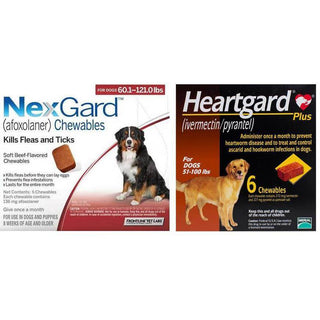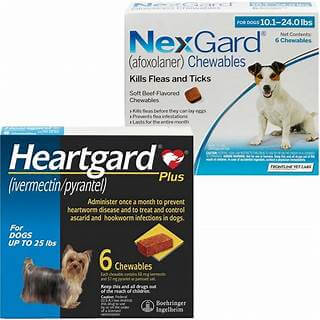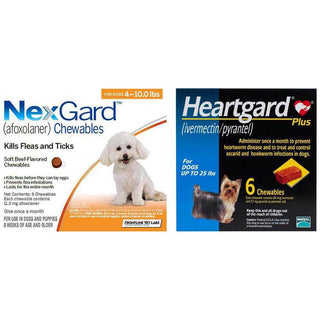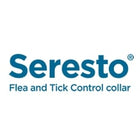
Yes, cats can develop acne, just like humans. Cat acne is a frequent skin issue that typically manifests as small blackheads or pimple-like bumps, primarily affecting the chin and lip area. While the exact cause isn’t fully understood, several factors can contribute to outbreaks. As a cat owner, knowing the signs, causes, and effective treatments can help you manage your cat’s skin health and prevent future flare-ups.
What is Cat Acne, and What Does it Look Like?
Cat acne, also known as feline chin acne, is a common skin condition caused by clogged hair follicles. It develops when the sebaceous glands generate too much oil (sebum), causing hair follicles to become clogged. These blockages can develop into painful abscesses or pus-filled infections in severe cases.
The most noticeable signs of cat acne appear on or around the chin. Affected areas may look red, swollen, or crusty. You may also see tiny black specks resembling blackheads or raised lesions. In some cases, fluid discharge or pus may be present.
If left untreated, cat acne can worsen and become uncomfortable for your pet. Recognizing the causes and symptoms can help you successfully treat and prevent future flare-ups.
What Causes Cat Acne?
Cat acne occurs when hair follicles become clogged due to excessive keratin production, a protein found in the skin. This buildup can lead to blackheads, redness, crusting, and even pus-filled lesions around the chin and lips. This condition, feline chin acne, can affect cats of all breeds and ages.
Common Causes of Cat Acne
While the exact reason for keratin buildup is still unknown, several factors can contribute to cat acne:
-
Dirty Food and Water Bowls
- Plastic bowls and unsealed ceramic dishes can trap bacteria, which may cause breakouts.
- Solution: Switch to stainless steel, glass, or sealed ceramic bowls and wash them daily.
-
Poor Grooming Habits
- Older cats or those with long fur may struggle to keep their chin and mouth area clean.
- Solution: Help your cat with regular grooming using a warm washcloth or vet-approved cleansing wipes. Avoid picking at scabs or popping pimples, as this can lead to infections.
-
Other Underlying Factors
- Weakened immune system – A cat with a compromised immune system may be more prone to skin issues.
- Stress – Just like in humans, stress can contribute to acne flare-ups.
- Food allergies – Some ingredients in cat food may trigger skin reactions.
- Hormonal imbalances – Changes in hormones can cause excessive oil production.
- Hyperactive sebaceous glands – Overactive oil glands may contribute to clogged pores.
- Allergic reactions – Certain medications, rubber toys, and food dishes can irritate your cat’s skin.
When to See a Vet
While mild cases of cat acne can often be managed at home, persistent or severe outbreaks may indicate an underlying health issue. If your cat’s acne persists despite using clean bowls and maintaining proper grooming, it's best to consult a vet for a thorough assessment and appropriate treatment options.
Symptoms of Cat Acne
Cat acne often appears as small black spots on the chin, resembling dirt or flea dirt. These blackheads can also develop around the lips and mouth. Many cat owners may initially overlook this condition because it can be subtle.
Common Signs of Feline Acne:
- Blackheads or scabs on the chin, lips, or mouth area
- Small bumps or whiteheads, similar to human pimples
- Redness and swelling in more severe cases
- Hair loss and bleeding if the acne becomes irritated or infected
Is It Cat Acne or Something Else?
Cat acne can sometimes be mistaken for chin mites or other skin conditions. If you notice scabs or unusual skin changes under your cat’s chin, consult a vet to confirm the diagnosis.
Additionally, some cases of skin irritation may be due to food allergies. Your vet can determine whether acne, an allergic reaction, or another skin sensitivity cause your cat’s symptoms. If allergies are a concern, switching to a diet formulated for sensitive skin and stomachs may help improve your cat’s condition.
Cat Acne Treatment: Effective Solutions for Clearer Skin
Cat acne can sometimes disappear on its own, but in most cases, treatment is needed to prevent recurring breakouts and infections. If your cat develops acne, it’s important to consult a vet for appropriate care. Avoid using human acne treatments, as they can be too harsh for your cat’s sensitive skin.
How to Treat Cat Acne
1. Cleaning the Affected Area
Regular cleaning can help clear up acne and prevent infection. Use chlorhexidine antibacterial wipes or washes recommended by your vet. In some cases, peroxide-based or medicated cat wipes may also be suggested. Avoid using human wipes, as they can irritate your cat’s skin.
2. Applying Warm Compresses
Applying a warm compress can help soothe inflammation and unclog pores. Dip a cotton ball in lukewarm water and gently hold it against the affected area for a few minutes twice daily. Be sure to press lightly without rubbing to prevent irritation.
3. Using Medicated Shampoos
Mild cases of feline acne can be managed with anti-seborrheic, antibacterial, or antifungal shampoos designed for cats. Always check with your vet before using any medicated shampoo, as some ingredients may be too strong for your pet.
4. Applying Ointments
Your vet may prescribe antimicrobial gels or creams to help clear up acne. Apply these as directed, typically a few times per day.
5. Using Topical or Systemic Antibiotics
Your vet may recommend topical or oral antibiotics for severe cases of infection. These treatments help eliminate bacteria and prevent complications.
6. Steroid Injections for Severe Inflammation
In some cases, your vet may administer steroid injections to reduce inflammation and swelling, especially if the acne is severe and persistent.
How to Prevent Cat Acne
-
Use Stainless Steel, Glass, or Sealed Ceramic Bowls
- Plastic and unsealed ceramic bowls can trap bacteria, leading to breakouts. Switch to stainless steel or glass bowls and wash them daily in hot water.
-
Maintain Good Grooming Habits
- Help your cat keep their chin and mouth area clean by wiping it regularly with a damp cloth or vet-approved wipes.
-
Support Skin Health with Omega-3s
- Omega-3 fatty acids and other immune-boosting nutrients can promote healthier skin. Choose cat food that contains these essential nutrients.
When to See a Vet
Cat acne often improves with better hygiene and proper care. However, if your cat’s acne keeps returning, worsens, or leads to infections, consult your vet for further treatment options. Early intervention can help prevent discomfort and complications.
Maintaining good hygiene and using vet-approved treatments can help keep your cat’s skin healthy and free from acne.






